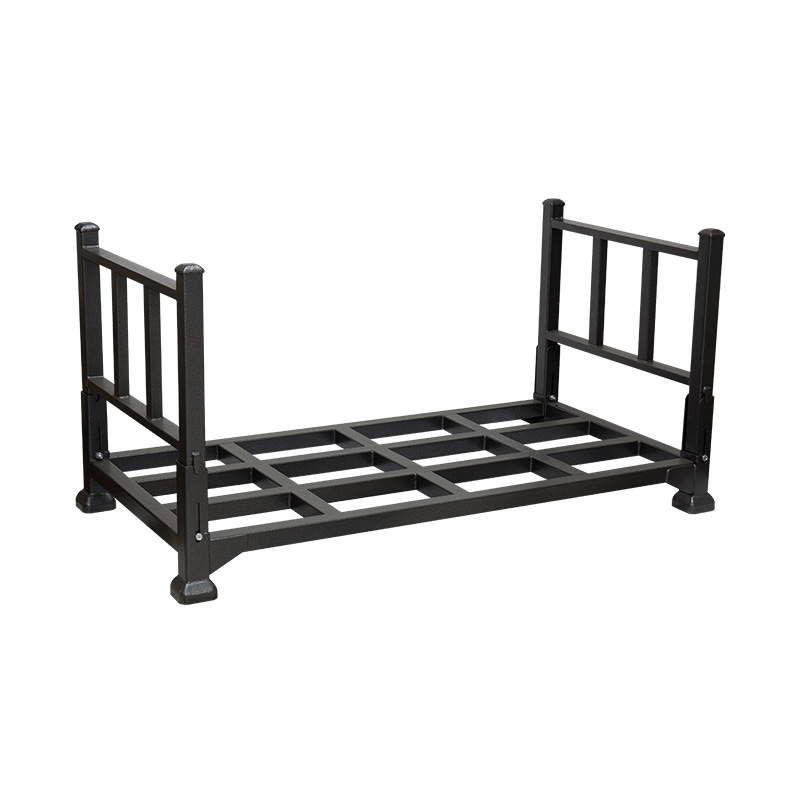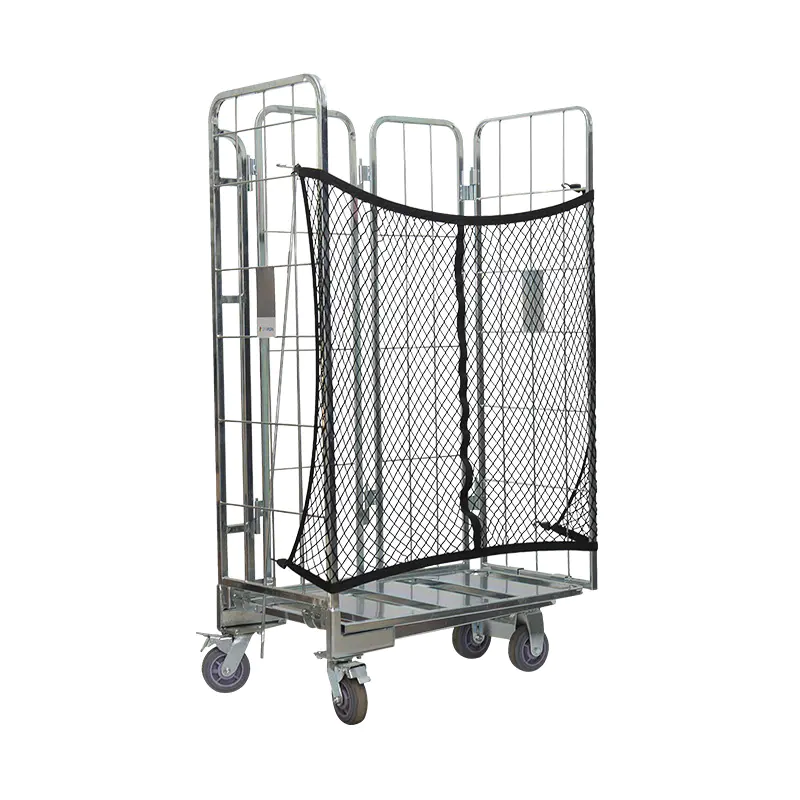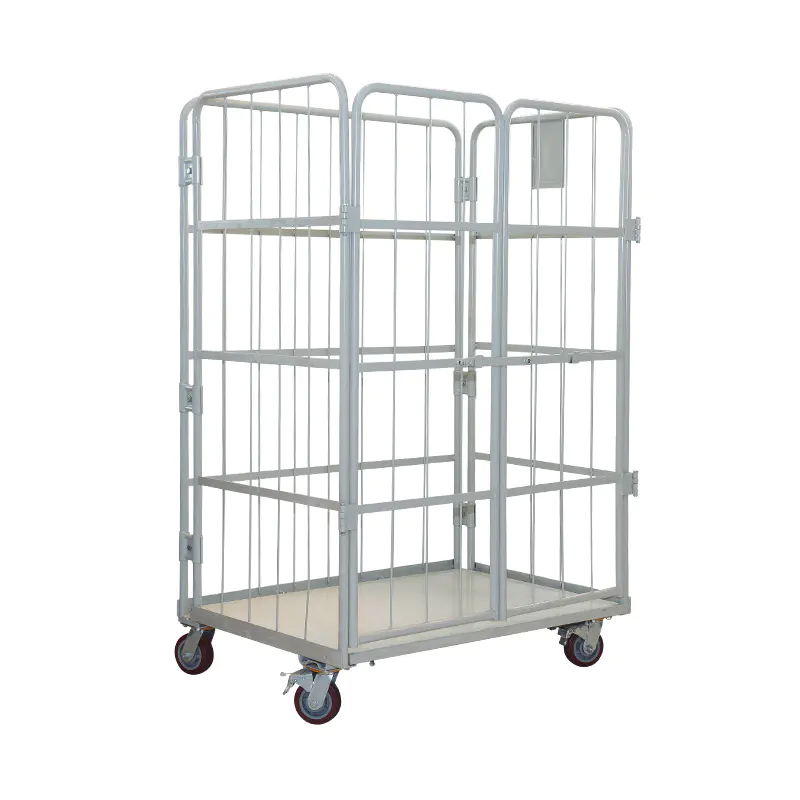Don't hesitate to send a message
Web Menu
Product Search
Exit Menu
What Makes the Corrugated Wall Design of SFNC Mobile Containers Structurally Superior?
In the world of logistics, storage, and modular construction, the integrity of the unit is paramount. The sfnc mobile container stands as a testament to this principle, with its design being a critical factor in its widespread adoption and reliability. While many components contribute to the overall strength of a container, the wall design is often the first line of defense against a multitude of external forces.
The Fundamental Engineering Principles of Corrugation
Corrugation is a structural technique that has been used for centuries to enhance the strength and rigidity of otherwise flat, planar materials. The principle is elegantly simple: by forming a material into a series of parallel ridges and grooves, its moment of inertia is significantly increased. In simpler terms, a corrugated sheet can resist bending and buckling forces far more effectively than a flat sheet of the same material and thickness. This is because the geometric shape distributes stress throughout the peaks and valleys of the pattern, rather than allowing it to concentrate on a single plane. When a force is applied to a flat panel, it has a minimal path to travel and disperse, often leading to deformation. In a corrugated panel, the same force is channeled along the complex path of the corrugation, which absorbs the energy and dissipates it across a much larger surface area. This inherent strength is the foundational reason why the corrugated panel design is so effective in applications requiring high strength-to-weight ratios.
In the context of a sfnc mobile container, the application of this principle is critical. The walls are not merely enclosures; they are integral structural components. They must resist stacking loads when containers are piled high on a ship or in a storage yard, withstand dynamic forces during overland transport, and resist external pressures from wind and weather. A flat wall would require significant additional bracing or a substantial increase in material thickness to meet these demands, resulting in a heavier, more expensive, and less efficient product. The corrugated design elegantly solves this problem, allowing the sfnc mobile container to achieve exceptional structural performance without unnecessary weight penalties. This makes the unit more fuel-efficient during transport and easier to handle, directly addressing key concerns for buyers looking for cost-effective logistics solutions. The design is a perfect synergy of material science and structural engineering, tailored to the rigorous demands of global supply chains.
Analysis of Load-Bearing Capacity and Stacking Strength
One of the most demanding scenarios for any intermodal container is the process of stacking. A fully laden sfnc mobile container must support the immense weight of multiple other fully laden units placed atop it. This creates colossal compressive forces that travel down through the corner posts and, critically, into the side walls. The corrugated wall design is fundamental to managing this load. The ridges act as vertical columns, effectively transferring the compressive forces from the top of the container to its base. This system of miniature columns creates a robust load-sharing network across the entire surface of the wall. Without this corrugated structure, the walls would be prone to buckling under the pressure, jeopardizing the integrity of the entire stack and the safety of the goods within.
The structural integrity provided by the corrugation directly translates to safer and more efficient operations in ports and storage yards. It allows for high-density stacking, which maximizes the use of valuable space. For a buyer or wholesaler, this means that the sfnc mobile container can be relied upon in the most intensive logistics environments. The design ensures that the container will not be the weak link in the chain. Furthermore, this inherent strength contributes to the longevity of the container. By resisting deformation over countless stacking cycles, the corrugated walls maintain their geometric integrity, which in turn ensures that the doors continue to seal properly and the container remains weatherproof. This resilience against permanent deformation is a key factor in the asset’s retained value over time, making it a sound investment for businesses looking for durable storage solutions. The ability to withstand these forces is a non-negotiable feature, and the corrugated design is the primary element that makes it possible.
Enhanced Resistance to Bending and Torque
During transit, whether on a ship navigating rough seas or on a truck traversing uneven roads, a container is subjected to complex bending and torsional forces. These forces attempt to twist and rack the structure out of its square shape. The corrugated walls of the sfnc mobile container play a vital role in mitigating these effects. The pattern significantly increases the shear strength of the side panels. Shear strength refers to a material’s ability to resist forces that cause its internal layers to slide against each other, a common type of stress during twisting motions. The corrugated profile creates a three-dimensional truss-like system that is inherently resistant to these sliding forces.
This resistance to racking is crucial for protecting the container’s contents and its own structural welds. When a container racks, the door frames can become misaligned, leading to failure of the door seals and potential water ingress. The stiffness imparted by the corrugated walls ensures that the container largely retains its rectangular shape under these dynamic loads. This is a critical feature for anyone shipping sensitive goods that require a secure and stable environment. The superior strength in this regard means that the sfnc mobile container offers a more predictable and reliable environment, reducing the risk of in-transit damage. For industries requiring secure and stable modular units, this torsional rigidity is as important as the compressive strength, and it is a direct benefit of the strategic wall design. The container behaves as a unified, rigid box rather than a collection of independent panels, which is the hallmark of a well-engineered product.
Durability and Impact Resistance in Demanding Environments
The operational life of a mobile container is fraught with potential for minor impacts and abrasions. From handling equipment in a busy port to the general wear and tear of daily use, the walls must be able to withstand physical punishment. The corrugated design of the sfnc mobile container contributes significantly to its impact resistance. The ridges of the corrugation serve as reinforced ribs, which help to localize and absorb the energy from a point impact, such as a glancing blow from a forklift. Instead of a large dent forming across a flat surface, the damage is often confined to a single corrugation channel. This localized damage is not only less severe but is also easier to repair, helping to maintain the container’s aesthetic and protective qualities.
Furthermore, this design enhances the container’s ability to resist denting and deformation from other sources of pressure. The geometric stiffness makes the panels less “drum-like,” reducing flexing and oil-canning that can occur with large, flat sheets of metal. This is particularly important for maintaining the weatherproof integrity of the unit. A deformed wall can compromise the welds and seals, creating pathways for moisture and dust. The robust nature of the corrugated walls ensures that the container remains a sealed environment, protecting goods from the elements. This is a key consideration for long-term storage applications, where consistent internal conditions are required for months or years at a time. The durability of the wall system directly translates to lower maintenance costs and a longer service life, which are primary factors in calculating the total cost of ownership for these assets.
Contribution to Overall Structural Integrity and Longevity
It is a mistake to view the walls, roof, floor, and frame of a container as separate entities. In a well-designed sfnc mobile container, these elements work in concert to create a monolithic structure that is greater than the sum of its parts. The corrugated walls are a key player in this synergistic relationship. They are continuously welded to the top and bottom side rails, as well as the corner posts, effectively creating a stiffened shear panel that braces the entire structure. This integration prevents the frame from parallelogramming under stress and adds immense rigidity to the overall box.
This holistic structural integrity has a direct and positive impact on the service life of the container. By distributing stresses evenly throughout its structure, the container avoids having specific components, such as the corner posts or welds, bear a disproportionate amount of the load. This even distribution minimizes fatigue points, where repetitive stress can lead to the initiation and propagation of cracks. Over a decades-long lifespan, this is a critical attribute. A container that is less prone to structural fatigue will require fewer repairs and will remain safe and functional for longer. For buyers, this means the sfnc mobile container is not a short-term purchase but a long-term asset that will provide reliable service across a wide range of applications, from standard shipping and logistics to customized modular building projects. The longevity is built-in, starting with the fundamental choice of the corrugated wall design.
Material and Manufacturing Synergy
The structural benefits of the corrugated design are fully realized through the use of appropriate materials and precision manufacturing. The sfnc mobile container typically utilizes high-tensile strength steel for its wall sheets. This material choice is synergistic with the corrugation process. The steel is strong yet formable, allowing it to be pressed into the precise corrugated profile without compromising its metallurgical properties. The use of Cor-Ten steel or similar weathering steels is also common, and the corrugated pattern complements the performance of these materials. The ridges facilitate water runoff, preventing moisture from pooling and thus supporting the formation of the protective oxide patina that characterizes these steels.
The manufacturing process itself is crucial. The corrugated panels are not merely attached; they are integrally formed and then welded to the frame using automated or highly skilled manual processes. The quality and consistency of these welds are paramount, as they ensure the full transfer of stress between the wall panels and the primary frame. A high-quality sfnc mobile container will exhibit consistent, clean welds along every point of contact. Furthermore, the painting and anti-corrosion coating must be applied evenly to cover both the peaks and valleys of the corrugation, ensuring complete protection. The combination of robust materials, precise forming, and high-integrity manufacturing results in a wall system that is not only structurally superior at the point of sale but is also engineered for durability and a long, maintenance-light life in the field. This synergy is what separates a standard container from a high-performance one.
Comparison of Corrugation Profile Types
While all corrugated designs share the common goal of increasing strength, subtle variations in the profile can influence performance characteristics. The sfnc mobile container may employ different corrugation patterns optimized for specific needs. The most common profiles can be generally categorized by their depth and spacing.
The following table outlines the general characteristics of two broad profile types:
| Profile Type | Key Characteristics | Typical Impact on Performance |
|---|---|---|
| Standard Corrugation | A balanced profile with moderate ridge depth and frequency. | Provides an excellent balance of shear strength, compressive load-bearing, and material economy. Suitable for the vast majority of general-purpose applications. |
| Deep-Corrugation | Features noticeably deeper and/or wider ridges. | Offers enhanced rigidity and impact resistance. This profile may be used in containers designed for more severe duty cycles or where maximum wall strength is a priority, potentially with a slight trade-off in internal space. |
It is important to note that the optimal profile is part of the overall design calculus. The choice depends on the intended use of the container, the grade of steel used, and the design of the supporting frame. A deeper corrugation is not universally “better”; it is a tool used by engineers to meet specific performance targets. For a buyer, the key takeaway is that the corrugation is a carefully considered element of the design, not a generic feature. Understanding that these variations exist allows for more informed inquiries when sourcing containers for specialized applications, ensuring that the selected sfnc mobile container is perfectly matched to its operational requirements.
The corrugated wall design of the sfnc mobile container is a prime example of how intelligent engineering can create a product of exceptional resilience and utility. It is far from a simple aesthetic or traditional holdover; it is a meticulously engineered solution that addresses the core challenges of containerization: compressive stacking loads, torsional stresses during transit, and the general demands of a harsh operating environment. By transforming a flat sheet into a series of structural ribs, the design achieves a remarkable strength-to-weight ratio, contributes to the overall rigidity of the unit, and enhances its impact resistance and longevity.
For wholesalers, buyers, and end-users, this structural superiority translates directly into tangible benefits: reliability, safety, lower lifetime maintenance costs, and a higher residual value. When evaluating a sfnc mobile container, the quality and design of the corrugated walls should be recognized as a critical indicator of the overall product’s quality. It is a foundational feature that supports the container’s function in every conceivable application, from a simple shipping unit on a vessel to a secure storage facility on a construction site or a structural module in a building project. The corrugated wall is, without exaggeration, the backbone of the container’s durability, making it a wise and dependable choice for any business.
-
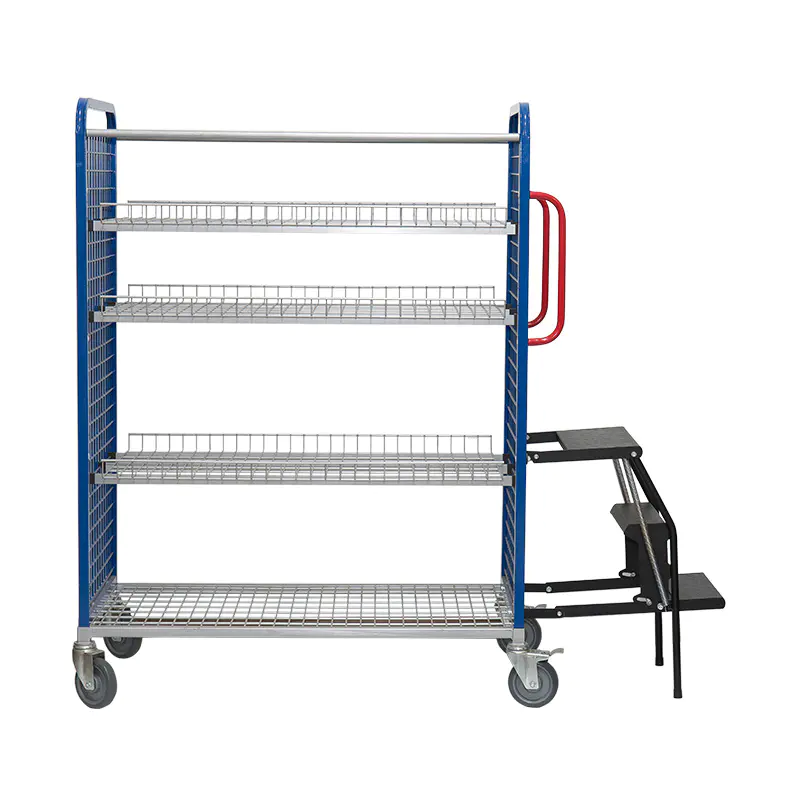
Product specification:This Warehouse wire mesh Multi-Tier Order Picking Trolley adopts a chassis and side panel structur...
See Details -
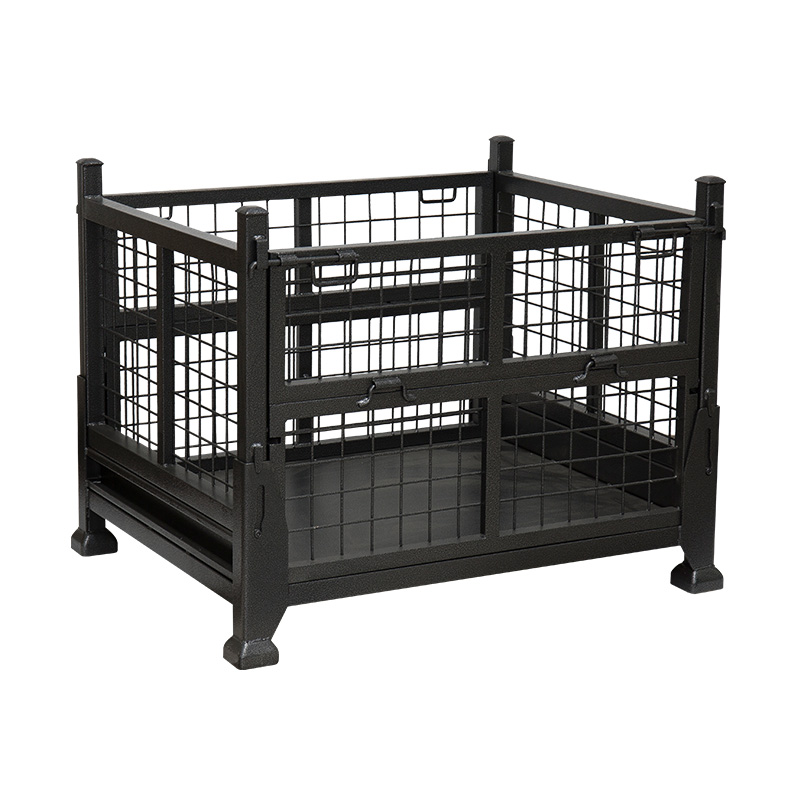
Foldable pallet cages are an important tool in factory logistics. They play an important role in transportation, distrib...
See Details -
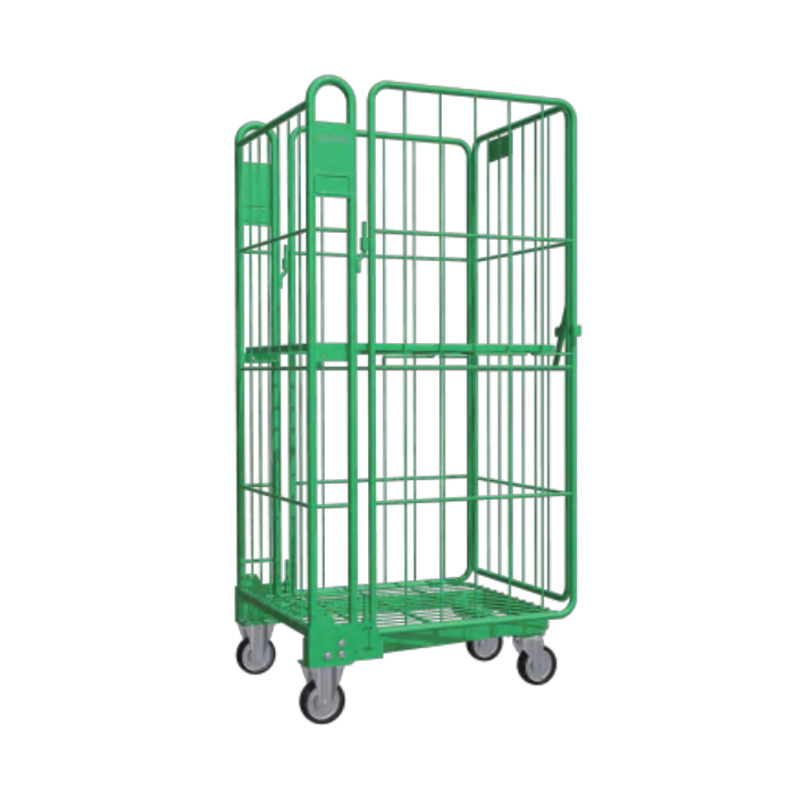
Product specification:The chassis is made of a square tube frame, with a bottom metal sheet tray that can be folded up a...
See Details -
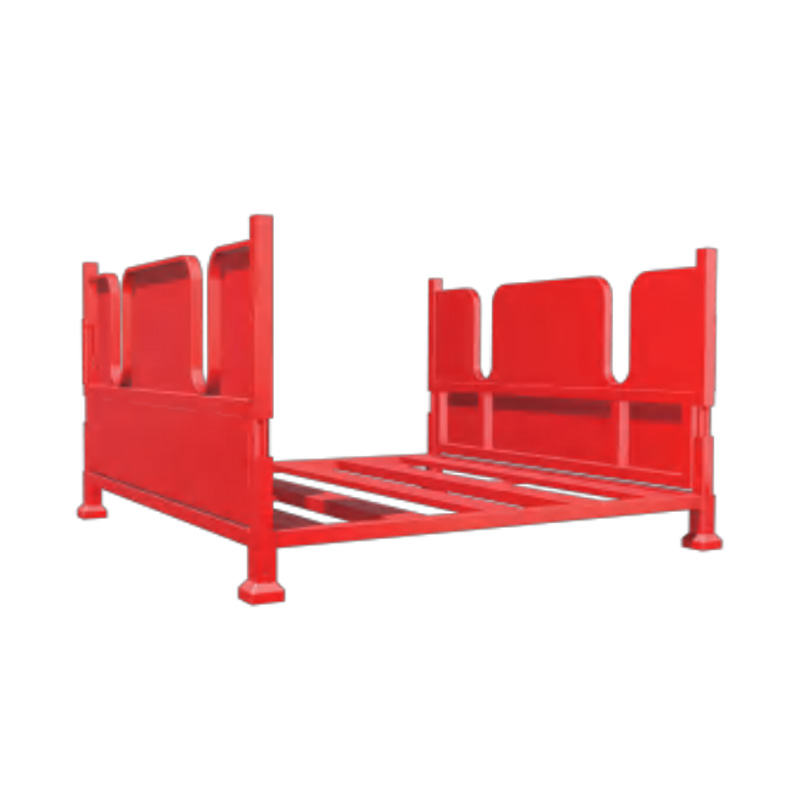
Stacking rack, also known as Qiaogu rack or stacking rackIt is a transportation and storage device derived from pallets ...
See Details -
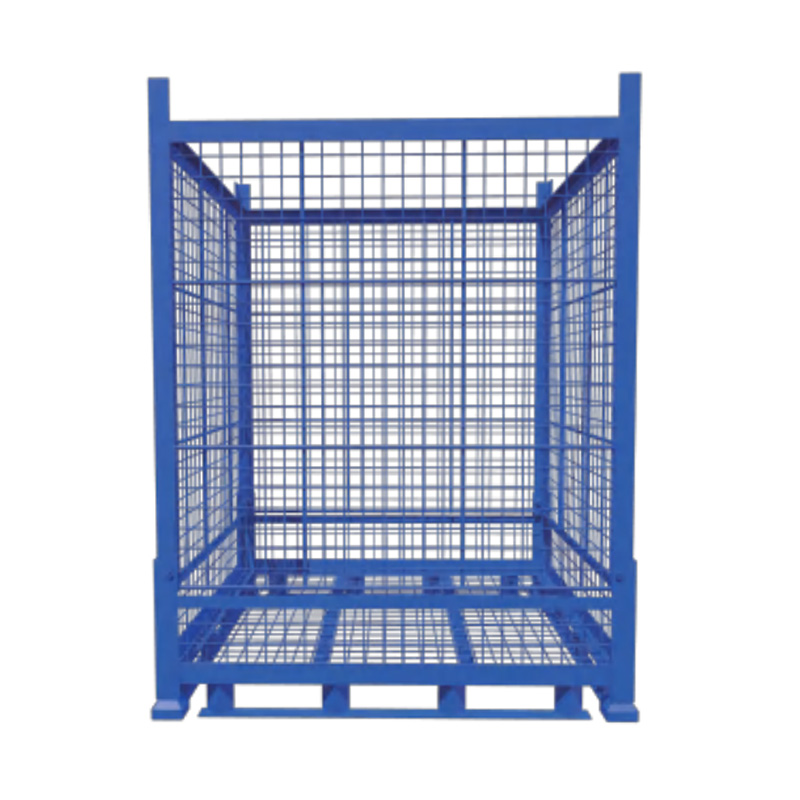
Product specification:Container structure made of L-Type plate frame with 50×50 wire mesh, with base support.Surface tre...
See Details
-
Building B5, No. 138, Weixi Road, Weixi Village, Weitang Town, Xiangcheng District, Suzhou City, China.
-
Tel:
+86-13862140414
+86-13951110334 -
Phone: +86-512-65905480

